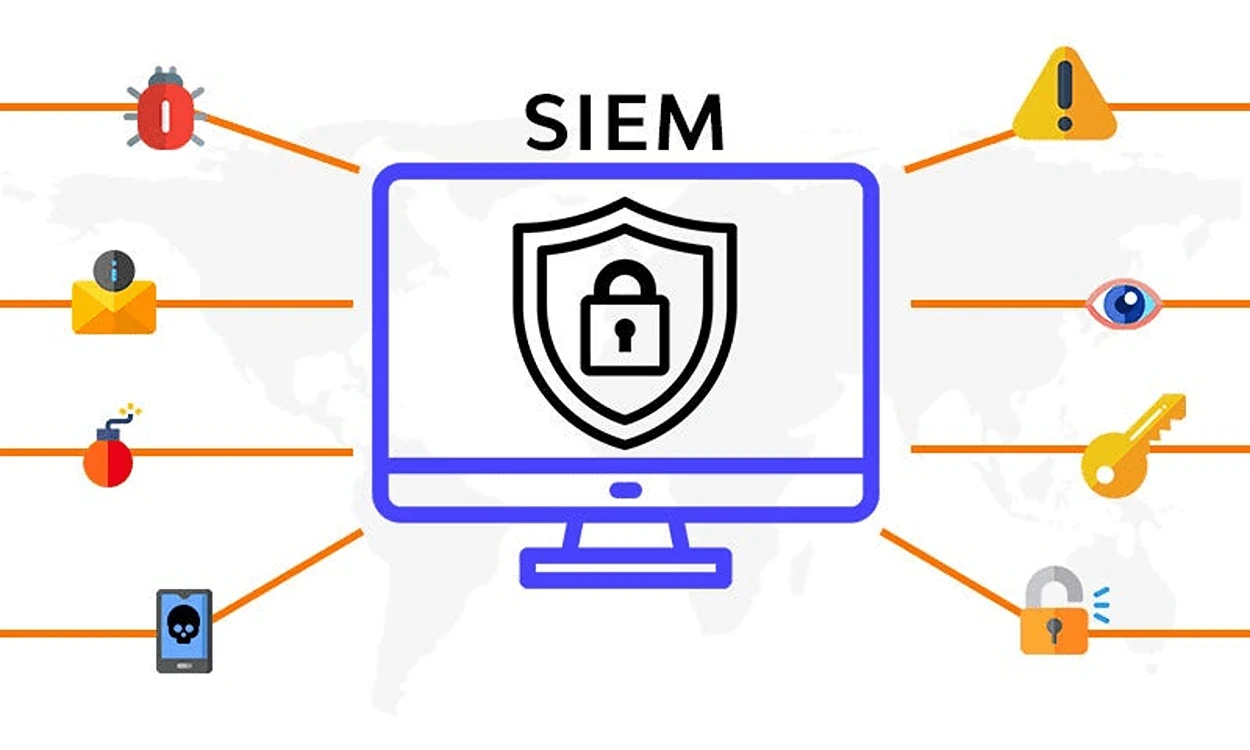With the accelerating pace of digital transformation, networks are no longer just a medium to connect devices—they have become the lifeline of businesses, financial institutions, and government services. A single successful attack on a corporate network can halt operations, damage reputation, and lead to massive financial losses. That’s why network security is considered the backbone of any modern IT infrastructure.
But securing a network isn’t just about buying expensive appliances. It’s a comprehensive approach that combines technologies, policies, and skilled professionals who know how to manage them effectively. The ultimate goal is to ensure:
- Confidentiality – keeping sensitive data protected from unauthorized access.
- Integrity – ensuring that data is not tampered with during transmission or storage.
- Availability – maintaining business continuity and ensuring services are always up and running.
Common Threats in Network Security
- Malware & Ransomware – malicious software designed to disrupt operations or steal data.
- DoS/DDoS Attacks – flooding the network with traffic until services become unavailable.
- Eavesdropping – intercepting sensitive data while it travels across the network.
- Social Engineering – exploiting human weaknesses to gain unauthorized access.
Core Tools and Technologies in Network Security
1. Firewalls
- Definition: The first line of defense; firewalls monitor and control traffic between internal and external networks based on predefined security rules.
- Examples:
- Cisco ASA – a reliable enterprise-grade firewall.
- Palo Alto Networks NGFW – next-generation firewall with advanced application-level inspection.
- pfSense – open-source firewall, ideal for SMBs.
- Implementation: Requires purchasing a license or appliance, followed by configuration of access rules by a network engineer.
- Responsible Role: Network Engineer / Security Engineer.
- Relevant Certifications: CCNA, CCNP Security, PCNSE.
2. Intrusion Detection and Prevention Systems (IDS/IPS)
- Definition: IDS monitors traffic for suspicious patterns, while IPS actively blocks malicious activity in real-time.
- Examples:
- Snort – open-source IDS.
- Suricata – advanced detection engine for high-performance networks.
- Cisco Firepower – enterprise-grade IDS/IPS solution.
- Implementation: Integrated with firewalls and configured to detect anomalies such as brute-force login attempts.
- Responsible Role: SOC Analyst.
- Relevant Certifications: CEH, GCIA.
3. Encryption
- Definition: Securing data at rest and in transit by converting it into unreadable formats accessible only with cryptographic keys.
- Examples:
- SSL/TLS Certificates – secure web applications and e-commerce sites.
- BitLocker – Microsoft tool for disk encryption.
- OpenVPN / IPSec – encrypt remote network traffic.
- Implementation: SSL certificates are purchased from CAs (DigiCert, Let’s Encrypt) and installed on servers; disk encryption is enabled via OS settings.
- Responsible Role: System Engineer / Security Specialist.
- Relevant Certifications: CompTIA Security+, CISSP.
4. Virtual Private Networks (VPNs)
- Definition: A secure tunnel that enables remote employees to access internal company resources as if they were onsite.
- Examples:
- Cisco AnyConnect – enterprise-grade VPN client.
- Fortinet FortiClient – centralized management and control.
- OpenVPN – flexible, open-source VPN solution.
- Implementation: A VPN server is deployed with role-based access controls, e.g., only finance staff can access the ERP system remotely.
- Responsible Role: Network Administrator.
- Relevant Certifications: CCNA, CompTIA Network+.
5. Multi-Factor Authentication (MFA)
- Definition: Strengthens logins by requiring a second factor beyond just a password, such as a one-time code or biometric verification.
- Examples:
- Google Authenticator – free TOTP app.
- Microsoft Authenticator – widely used in enterprise environments.
- Okta – enterprise identity management platform.
- Implementation: MFA is integrated with enterprise apps (email, ERP, CRM). Users verify their identity via code, fingerprint, or push notification.
- Responsible Role: IAM Specialist (Identity & Access Management).
- Relevant Certifications: CIAM, CompTIA Security+.
Key Human Roles in Network Security
A well-designed security architecture requires not only tools but also competent professionals:
- Network Engineer – designs and configures secure network topologies.
- SOC Analyst – monitors threats and responds to incidents in real time.
- System Administrator – maintains secure server configurations and patches.
- CISO (Chief Information Security Officer) – oversees strategy and governance.
How to Implement Network Security in Your Business
- Assess your current environment – perform penetration testing or security audits.
- Select appropriate tools – not every business needs high-end Cisco firewalls; SMBs can leverage pfSense or Fortinet.
- Build an internal team or outsource – small businesses may rely on Managed Security Service Providers (MSSPs).
- Invest in continuous training – certifications and ongoing education are essential to keep up with evolving threats.
Conclusion
Network security is not simply about installing a firewall or purchasing an expensive appliance—it is a holistic ecosystem of tools, processes, and skilled experts.
Organizations that recognize this and invest in both technology and talent not only protect themselves from cyberattacks but also gain a competitive edge by ensuring trust, resilience, and long-term business continuity.
 English
English
 العربية
العربية




Add New Comment